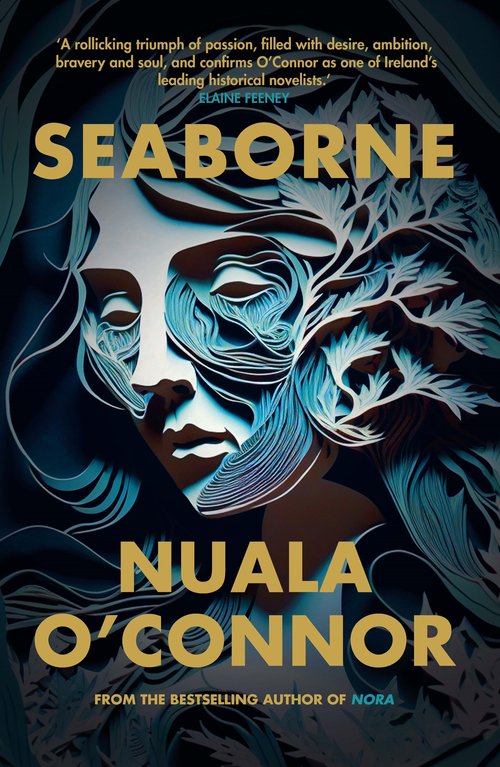The unknowables of the pandemic arrested my writing for a bit. I was sitting at my desk in 2020, worried about my sick father, unable to cross the country to visit home, and I didn’t have the headspace to write. But, to stay sane and balanced (sane-ish, at least), I have to write. So, I began to dredge up some of the stories swashing in my sea of ideas – possible future projects – and there was Anne Bonny: a young Irish woman, tried for piracy in Jamaica in the 1720s.

I started to research Anne properly and, with a dubious and sparse paper trail, I realised I was free to invent Anne’s story. But, still, I owed it to her to read what others had written about her life, to see what I made of it all. Because romance, peg-legs, and treasure chests tend to cloud most writing about pirates, I had to push through a lot of fantasy and misinformation to find truths. So, I decided early on that my novel would be mostly about how Anne ended up sea-robbing with infamous pirate Jack Rackam, rather than about piracy itself; Anne’s sea-career allegedly lasted only a few months. I wanted to explore why a young Irish woman might turn to violence and stealing at sea.
The one solid piece of information we have about Anne Bonny is the transcript of her trial in Jamaica, alongside Jack Rackam and the other pirates they sailed with. To write Seaborne, I took the facts of the trial and then invented my own world for Anne, one of bravery, impulsiveness, independence, anxiety, adventure, and love. I was true to Anne’s story where possible, but I also drew on some of the wild, fun, interesting details laid out about her, things such as her flight from Kinsale and subsequent plantation childhood in Carolina; Anne’s penchant for men’s clothing and alleged bisexuality; and her rampant individuality.
In Seaborne, Anne Bonny is a woman on a quest; she delights in new experiences, idolises her friends and lovers, and is passionate about the sea. The novel is my version of a fascinating person, whose real story, and the many fictions that have barnacled onto her, sparked me enough to make we want to spend a few years in her company, questioning her, and weaving a compelling story about her. But, in the end, Anne Bonny – brave sea rover – can only every truly be an elusive and mythical woman, one still coloured by Hollywood notions of what it meant to be a pirate three centuries ago. Still, I’m delighted to add my chronicle of Anne to the many versions of her life that exist, because I’m always willing to jump aboard alongside a historical female maverick, to see where we end up. I hope readers find that Seaborne does right by courageous, wonderful Anne.
You can now pre-order this on our website






Recent Comments